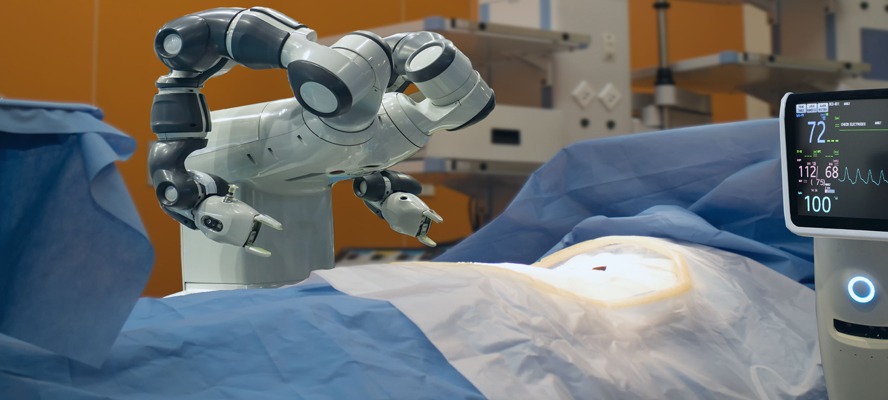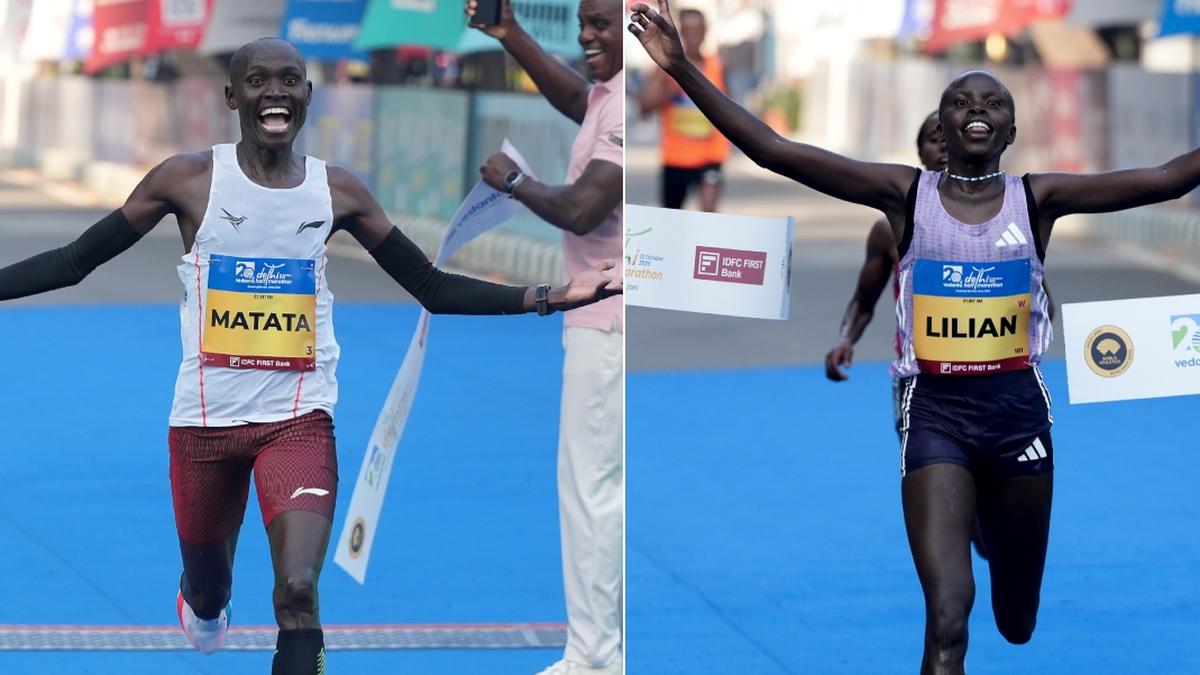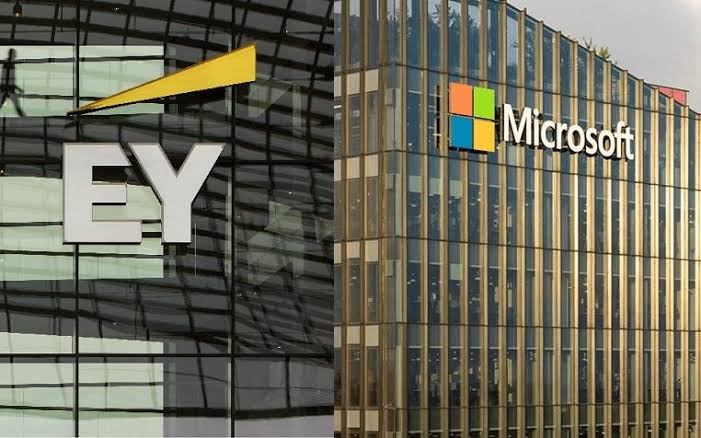India is witnessing a transformative surge in robotic-assisted surgeries, with over 100 robotic installations and more than 800 trained surgeons performing nearly 13,000 procedures. Enhanced precision, minimally invasive techniques, and expanding accessibility in public and private hospitals mark a new era in healthcare.
Robotic surgery is redefining surgical care across India, delivering unmatched precision and better patient outcomes. By 2025, India has seen significant growth in robotic-assisted procedures, driven by technological advances, increased surgeon training, and government-supported programs bringing this cutting-edge care to more patients.
Key Highlights:
Market Growth: India currently owns over 100 robotic surgery installations, completing around 12,800 procedures. The market is projected to grow with a 10% CAGR through 2036, reaching nearly USD 4 billion by 2031.
Expanding Public Access: Government hospitals like AIIMS-Raipur have launched robotic facilities, offering complex urology, gynecology, and colorectal surgeries at affordable costs. The King George’s Medical University (Lucknow) provides free robotic surgeries under a public-private partnership.
Regional Adoption: Southern tech hubs such as Bengaluru and Chennai, and metro cities like Delhi-NCR, lead robotic surgery adoption, supported by hospitals like Apollo, Narayana, and Fortis. Tier 2 and 3 cities are also increasingly adopting cost-effective Indian-made robotic systems lowering barriers.
Surgeon Training: India boasts over 800 trained robotic surgeons, with simulation and hands-on training programs growing rapidly, ensuring quality and safety in procedures.
Technological Innovations: Indian systems like SSI Mantra offer up to 60% cost savings compared to imported robots. Emerging AI integration, telesurgery capabilities, augmented reality, and haptic feedback enhance surgical precision and accessibility.
Patient Benefits: Robotic surgeries feature smaller incisions, reduced blood loss, less pain, faster recovery, and shorter hospital stays compared to conventional methods.
Landmark Cases: India’s first robotic telesurgery was performed in July 2025, showcasing remote surgical capabilities that could bridge healthcare gaps in rural areas.
Challenges: High equipment costs, regulatory and insurance gaps, skilled workforce shortages, and infrastructure needs remain hurdles, but ongoing support from public and private sectors fosters growth.
Training & Research Hubs: Centers like Yashoda Medicity’s dual-bay robotic surgery training facility provide immersive education and promote innovation aligned with India’s ‘Heal in India’ vision.
Future Outlook: With expanding robotic surgery programs, continuing tech advances, and increased affordability, India’s surgical landscape is set for revolutionary progress.
The convergence of technology and medicine through robotic surgery is delivering precision and progress, making world-class surgical care accessible and affordable across India.
Sources: Aster Health Academy, The Times of India, Sri Aurobindo University, PIB, Yashoda Medicity, SS Innovations






